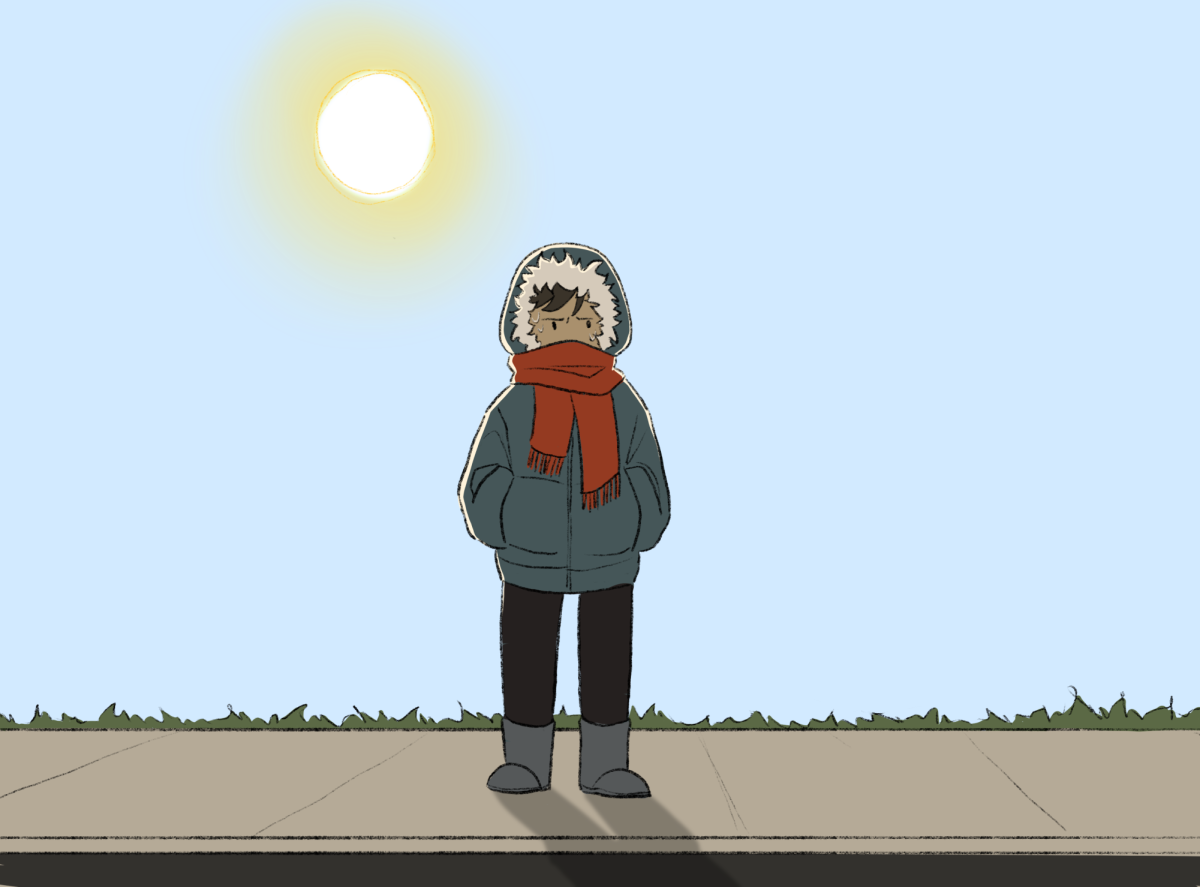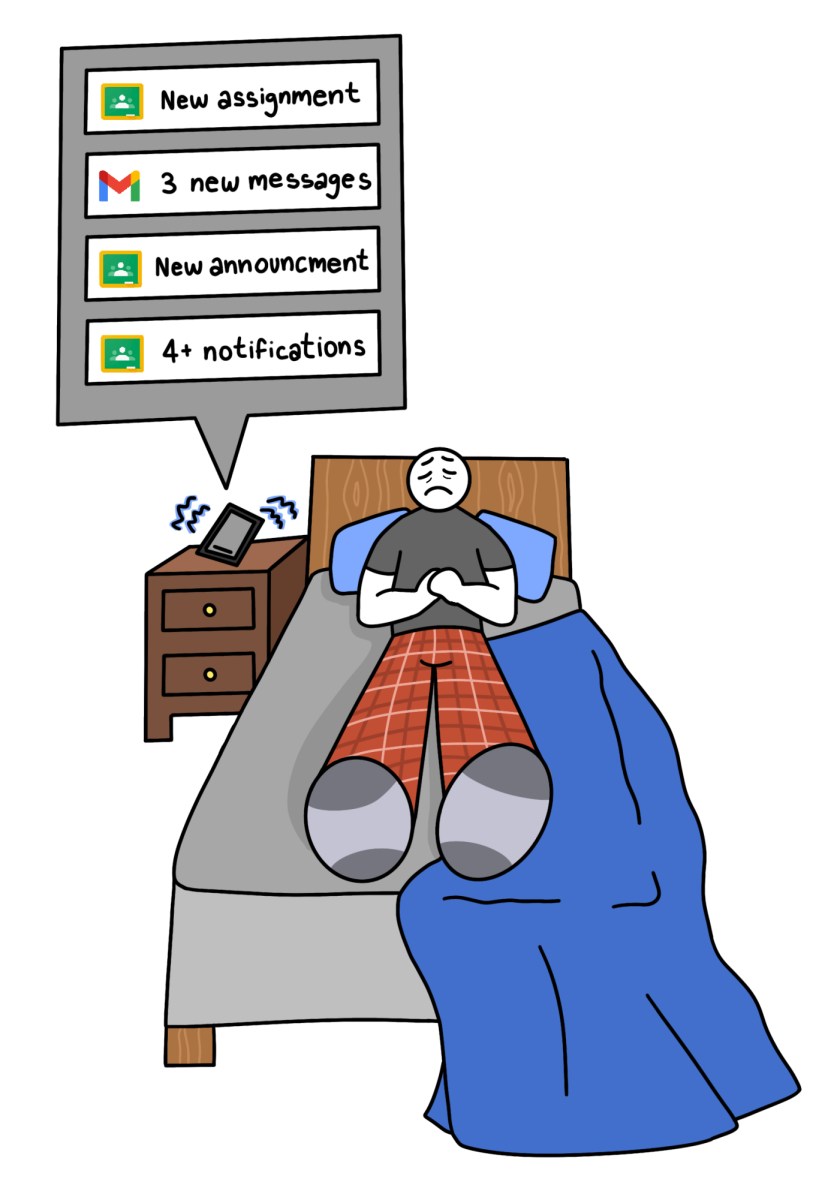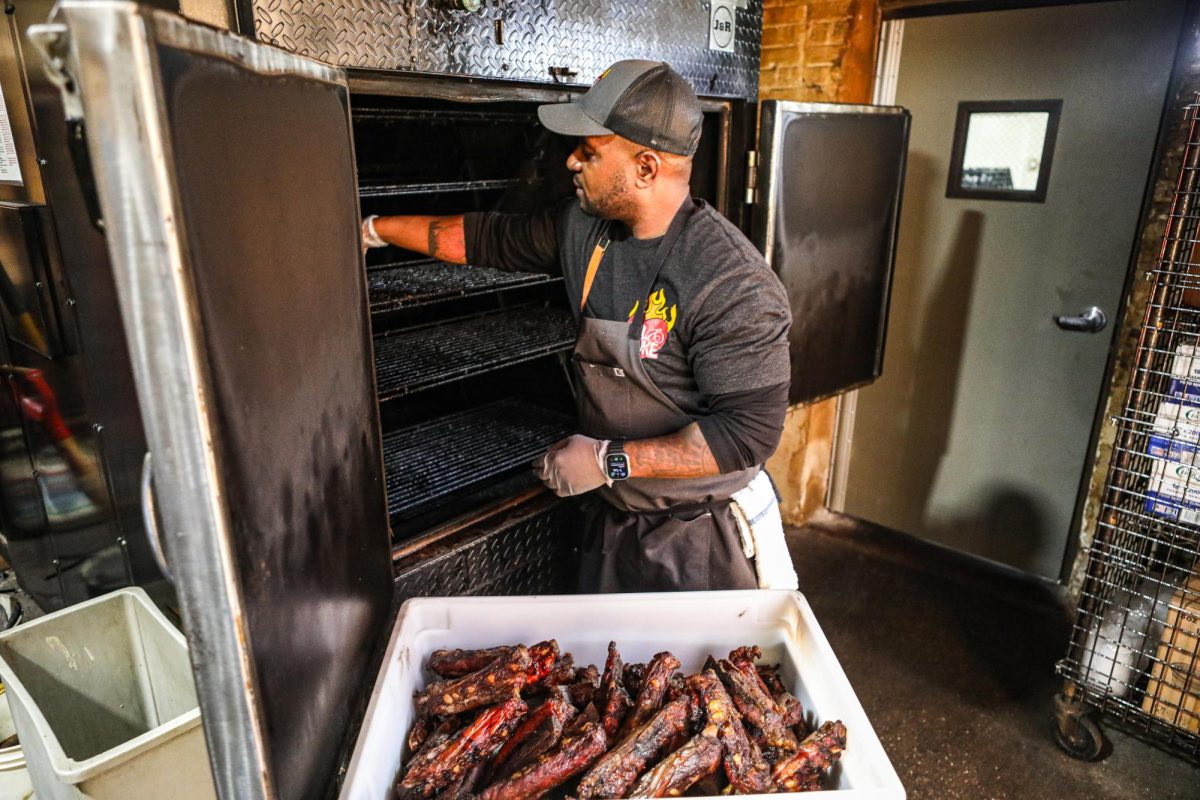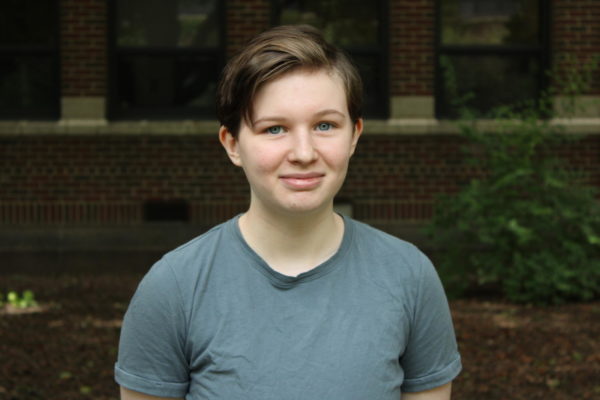Infamous for its harsh and snowy winters, Chicago may not have to worry about icy weather for much longer. Due to climate change, temperatures have gradually risen, with winter being the fastest warming season. Subsequently, the amount of winter precipitation in the Chicagoland area has decreased.
From 2012 to 2022, the Chicagoland area averaged around 42.21 inches of snow over winter, with the most being 82 inches in 2013-2014 and the least accumulation being 26.1 in 2015-2016. According to NBC 5, In the 2023-2024 winter season, Chicago recorded a mere 22.2 inches of snowfall. This marked the third year in a row of stunningly low snow accumulations. With just a bit over a decade of difference, the change is striking. “There has definitely been a change in the winters here,” freshman Alice Harper said “Over the past couple of years, there has been way less snowfall than when I was younger.”
NASA notes that climate change is happening rapidly and without prejudice, “…The current warming is happening at a rate not seen in the past 10,000 years.” The most measurable change has occurred in the last 40 years, with the most happening from 2014-2023. While this is happening throughout the world, Chicago is no exception.
Sam Liu of Northwestern University mentioned that by 2050, Chicago is predicted to have 22 fewer days below freezing. By 2100, snow coverage in the Northern Hemisphere will likely shrink by 15%. “I find it sad,” expressed Harper. “It takes away the magic of snow, especially before Christmas. I remember one year it was pretty warm, and that made me really upset because I wanted way more snow. I miss waking up during break and seeing snow on the ground.“
As temperatures rise and days below freezing drop, precipitation is expected to increase but snow cover is expected to decrease,” stated Liu. This fluctuation in forms and intensity of precipitation may result in another peril – Flooding. And with flooding, potable water quality may be impacted too. As surface water becomes riddled with sediment and pollutants, it flows over streets, structures and farmland.
The Illinois Climatologist reported that towards the end of the 21st century, daily temperatures may increase by 4 to 8 degrees Fahrenheit with a lower carbon emissions scenario. However, it’s also possible that the jump is from 9 to 14 degrees with higher emissions. “These increases are expected to coincide with increased risk of extreme high temperatures in Illinois and reduced risk of extreme cold temperatures,” the climatologist explained. Accordingly, the snow season will continue to shorten, with the first flurries coming later and melting earlier. “We used to get snow around November and December, maybe not a ton, but a good amount. I started noticing it right around when COVID began,” Harper recalled.
“[The warming trend] means changing winter conditions will require changes in safety, preparation, infrastructure, and even health,” Tara Molina of CBS2 relayed. A common question is “What can really be done to help?” Some local aid programs are E-town Sunrise and Climate Action Evanston. The latter has many subsets, such as the Environmental Justice, Natural Habitat and Energy sections.
Though eco-anxiety is real and valid, it does not mean that hope should be lost. One solution is to educate, regulate, and resuscitate. Educate the uninformed on climate change, regulate carbon emissions and other environmental factors, and resuscitate the environment.






